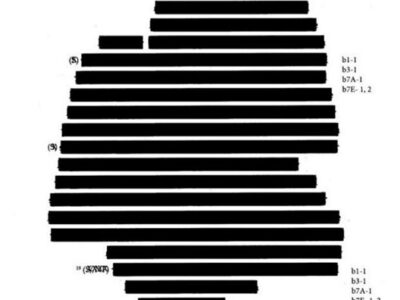In our previous coverage of the World Chess Championship (WCC), we saw Carlsen take a 1-0 lead in the sixth of fourteen games in the match between Magnus Carlsen and Ian Nepomniachtchi. You can read our coverage here.
The seventh game of the match, with Nepo having the white pieces, ended in a fairly quick draw. Which brought us to game 8, with Carlsen again having the white pieces.
Once again, excellent analysis of the game is performed by GM Fabiano Caruana, GM Robert Hess, and IM Daniel Rensch.
The game starts off in the Petrov defense, with Carlsen playing a slightly different variation, but nothing that is particularly out of the ordinary, or gives White any huge advantage. White (Carlsen) had some small advantage throughout the game, but nothing of any seeming importance.
That was until suddenly, on move 21, Nepo makes a move that would be considered a blunder for a 2000 rated player. In the below position, Nepo has just made the mistake 21. b5. Can you play the move that Carlsen played to get a strong, possibly winning advantage?

Nepo made this move quickly, and probably simply assumed the bishop had to retreat, being attacked. An understandable mistake for a strong amateur player to make, but somewhat shocking for a WCC Challenger.
Carlsen played 22. Qa3+, forking the king and the pawn, and after taking the pawn, he can capture the black bishop, defending his d4 pawn. This puts him up a pawn, and with a more solid position.

However, in the resulting position, while worse for Nepo, he still has a counter-tactical resource that gives him some reasonable chances for a draw. This was, once again, shockingly missed by an almost 2800 player in the game, probably due to psychological reasons.
In the position below, Carlsen has just played 23. Qxa7. He is threatening your bishop on d7, and protecting his pawn on d4. What move should you play in this position?

23. Qxa7
I say it’s shocking Nepo missed this tactic for two reasons, one of which I’ll get to later. First, the tactic is fairly obvious, even if all the resultant lines are not. The correct move to play here is Bxh3.

The tactic that black played is called a desperado tactic. It’s where a piece that is going to be lost sacrifices itself for some small material gain. Since the piece was lost anyway, this is justified.
White in the above position has a counter-desperado tactic, with Qxf7, a line that also results in white being up a pawn, but with a much more complicated endgame, where black has a much more active position.
Instead Nepo played the terrible Qd7. I think he may have been trying to keep as many pieces on the board as possible, so as to give himself the best drawing chances, but this simply does not work.
As mentioned earlier, the second reason this is so shocking is that a player of Nepo’s calibre should be well aware that holding this position is simply untenable in a classical game. This makes his overlooking of the relatively obvious Bxh3 sacrifice even more puzzling.

23. Qd8?
In this position, black is down a pawn, and white has a superior position for other reasons, such as the pressure on the f7 square with the bishop, and later moves such as Re4-f4, and the queen a7 hitting f7. This quickly forced Nepo to make exchanges that weakened his position even further.

28. Qc5
The above position, while still a game for even strong amateurs, is all but over for players of this level. White is up a pawn, and black has too many weaknesses to hold. Queen endgames are extremely tricky, and the resulting play by Carlsen was flawless.
As one final last gasp, Nepo tried for some tricks in the position below. Try to play the best move in the position for White, while not blundering a perpetual, mate, or your advanced passed d pawn.

It’s definitely an easy position to blunder in, but Carlsen calmly plays his Queen to f3, and it was in the below position that Nepo resigned the game, giving Carlsen a nearly insurmountable 2-0 lead in the match.
Moves such as gxh3 actually also work, although they make life far more difficult, as the black queen will begin to harass the white king.

46. Qf3. It was in this position that black resigned.
Something of an anti-climactic result for the WCC, with such an elite player making two poor blunders around move 20, and giving the champion a very large 2-0 lead in the match.
We will cover any other decisive games, and write a recap of the match after it is over.















